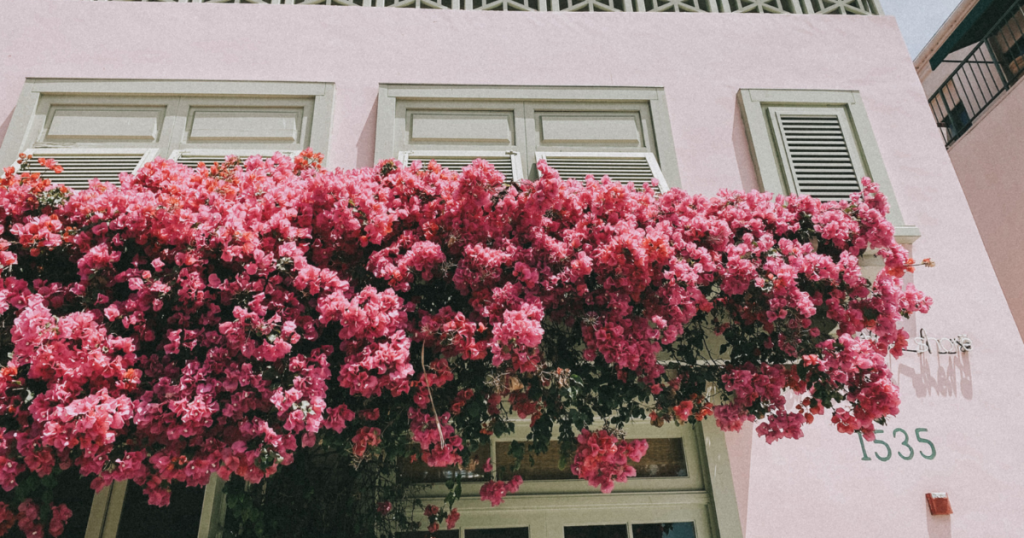
Bougainvillea bonsai is a beautiful and popular plant that many gardeners and plant enthusiasts love to grow. It is known for its vibrant and colorful flowers that bloom year-round. This species can be grown in various ways, including as a bonsai. In this comprehensive guide, we will take you through everything you need to know about growing stunning plants.
It is a type of plant that is created by pruning and shaping these plants to grow in a small container. These species of plants have woody stems that make them perfect for bonsai. They can be trained to grow in various shapes and sizes, making them perfect for creating stunning bonsai displays.
Choosing the right bougainvillea plant is essential for creating a stunning tree. Look for a plant that has a woody stem and is at least two years old. Choose a plant that has a thick trunk, as this will help create a more dramatic bonsai display. You can also choose from different varieties of bougainvillea plants, including the Barbara Karst, which has bright red flowers, or the White Cascade, which has white flowers.
Selecting the right container is crucial for growing a healthy and stunning plant. Choose a container that is the right size for your plant and has good drainage. Bonsai pots are shallow and have drainage holes at the bottom, which allows excess water to escape. You can also choose a pot that matches the style of your bonsai display.
Preparing the soil is essential for growing a healthy and thriving bougainvillea bonsai. Bougainvillea plants prefer well-draining soil, so make sure your soil mixture is well-draining. A good soil mixture for this bonsai is a mix of perlite, pumice, and akadama. You can also add a slow-release fertilizer to the soil to provide your plant with the necessary nutrients.
Pruning and shaping are essential for creating a stunning bougainvillea bonsai. It should be done regularly to remove dead and diseased branches and promote new growth. Shaping should be done carefully to create the desired shape and size of your bonsai. Use wire to shape your bonsai branches and avoid damaging the plant.
Watering and fertilizing are essential for the health of your bougainvillea bonsai. Bougainvillea plants require regular watering, but it is important not to overwater them. Wait until the top inch of soil is dry before watering your plant. Fertilize your plant every two weeks during the growing season with a balanced fertilizer.
Protecting your plant is essential for its survival. Bougainvillea plants are vulnerable to pests and diseases, so make sure to keep your plant in a clean and pest-free environment. You can use insecticidal soap or neem oil to control pests and diseases. Bougainvillea bonsai is also vulnerable to frost, so make sure to protect it during the winter months.
It requires a well-draining soil mixture that is rich in organic matter. A mix of Akadama, pumice, and lava rock can work well for this purpose.
It should be watered thoroughly whenever the top layer of soil feels dry to the touch. This may mean watering daily during the summer months, and less frequently during the cooler months.
Bougainvillea bonsai should be fertilized regularly during the growing season, which typically runs from spring through fall. A balanced fertilizer with equal parts nitrogen, phosphorus, and potassium can work well for this purpose.
Bougainvillea bonsai requires plenty of sunlight to bloom well. Ensure that your bonsai receives at least six hours of direct sunlight each day, and prune it regularly to encourage new growth and flowering.
To prevent pests and diseases from affecting your Bougainvillea bonsai, ensure that it is growing in well-draining soil, receives plenty of sunlight, and is not overwatered. You can also use insecticidal soap or neem oil to control common pests such as mealybugs and spider mites.